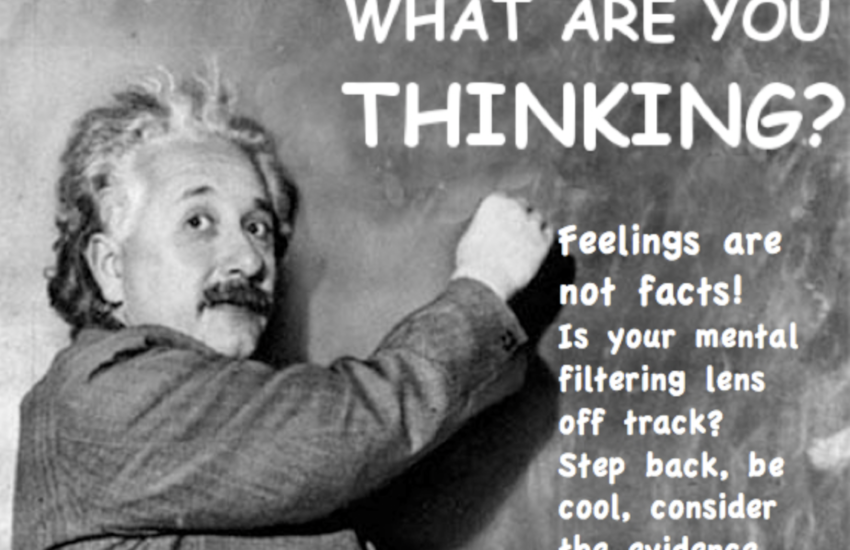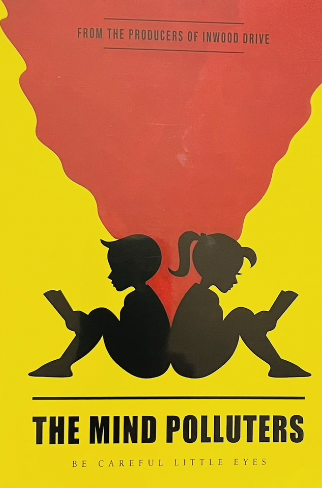An Explanation of Critical Race Theory by Dr. Robert George
Below, I have added a short social media post by Dr. Robert George, which should be basic reading for every American today.
On “Critical Race Theory”:
As it is being used in contemporary parlance, “critical race theory” does not have a fixed or agreed upon meaning. That makes it very difficult to analyze or discuss. And it accounts for the chaotic nature of the discussion.
Beginning more than forty years ago, some academics (Derrick Bell, Richard Delgado, Mari Matsuda, Patricia Williams, and others) mostly law professors, developed an approach to the study of law as it bears on matters of race that came to be known as “critical race theory.” It drew on, and early on was thought to be a kind of variant of, an approach to law generally that had emerged a few years earlier known as “critical legal studies.” It also drew, very loosely, on a different and yet older school of thought about the analysis of social life known as “critical theory” (associated with the so-called “Frankfurt School” revisionist Marxists of the 1920-1970s–Horkheimer, Adorno, Fromm, Marcuse, and others). Additional influencers included continental European “post-modernist” social critics and literary theorists whose work began gaining prominence in the US in the mid-1970s.
The basic idea was to show that racism and inequalities produced by racism or associated with it were obscured by conventional (“formalistic”) legal analysis and “liberal” ideology that purported, at least, to prescind from racial or other identitarian forms of categorization. In its stronger forms, it was explicitly hostile not only to “legal formalism” and “liberalism,” but also to capitalism, “rationalism,” and the idea of intellectual or analytical objectivity (and, correspondingly, to the belief in objective truth).
CRT had a certain impact in the worlds of legal education and scholarship, but by no means became dominant. It competed with other intellectual movements, such as the “economic analysis of law” pioneered by (mostly) libertarian or libertarian-leaning legal scholars such as Richard Posner, Frank Easterbrook, and Richard Epstein. CRT was clearly a “left-wing” movement; economic analysis was regarded as a “right-wing” movement. Of course, most legal scholars belonged to neither of these schools, but were traditional “formalists’ and “liberals” who, whatever their politics, did legal scholarship more or less as it had traditionally been done, and taught their courses in that same manner.
Of course, what is being taught in many schools today is not CRT, if by CRT one means the writings of Bell, Delgado, Matsuda, Williams, etc. In fact, students are not given a formal “theory” of anything at all. But they are encouraged (“taught”) to view the world in a certain way—they are being taught to be identitarians. And this teaching is justified in the name of “anti-racism.”
The world is divided up into two categories or classes: persecutors and persecuted—oppressors and victims. You are one or the other depending on your “identity.” If you are a “white, heterosexual, cisgender” person, and especially if you are one of those who is also male, then you enjoy “privilege” that makes you, wittingly or unwittingly, at least something of an oppressor—at a minimum, a beneficiary of oppression. If you are BIPOC or LGBTQQA+ or whatever, then you are in the victim class. Everything is racialized or (more broadly) “identitized.” So students are taught to think of themselves as “privileged” or victimized. The privileged are infected by “whiteness” which it is their duty to recognize in themselves and society and ameliorate. They must adopt–and express–certain moral and political views—“silence is violence.” They must confess that they have wrongly benefited from “white privilege” etc., and they must adjust their behavior accordingly. They must be an “ally” and, while not leading—for that would be taking advantage of their privilege—they must support “diversity, equity, and inclusion.”
Supporting “equity” means REJECTING merely formal equality—which allegedly masks privilege and the racism and other forms of bigotry (e.g., “heteronormativity”) that created and sustains it. Demographic performance disparities arising in contexts of formal equality must be seen as the fruit of prejudice and injustice and, in the name of “equity,” not be allowed to stand. Concepts like “merit” must be abandoned—again, they allegedly mask privilege. So let’s say that, based on test scores and grades, a class is admitted to a prestigious university that is 40% Asian and only 2% black, despite the fact that Asians are, let’s say, only 8% of the population base and blacks are 11%. What you have there is a violation of equity. Asians are “overrepresented” and blacks are “underrepresented.” Now you might ask: “How can it be a problem, since Asians are “non-white” and therefore cannot benefit from “white privilege”? The answer is that Asians are “white-adjacent,” and do indeed benefit from “white privilege” or, in any case, “whiteness” or “anti-blackness.”
Critics of critical race theory and, especially, critics of what is being taught in the schools as “anti-racism,” regard it as racist. Supporters regard it as the only authentic form of anti-racism, condemning “liberal” theories and approaches that propose formal equality (and “color-blindness” in public policy) as mere masks for institutional or structural (‘systemic”) racism.




